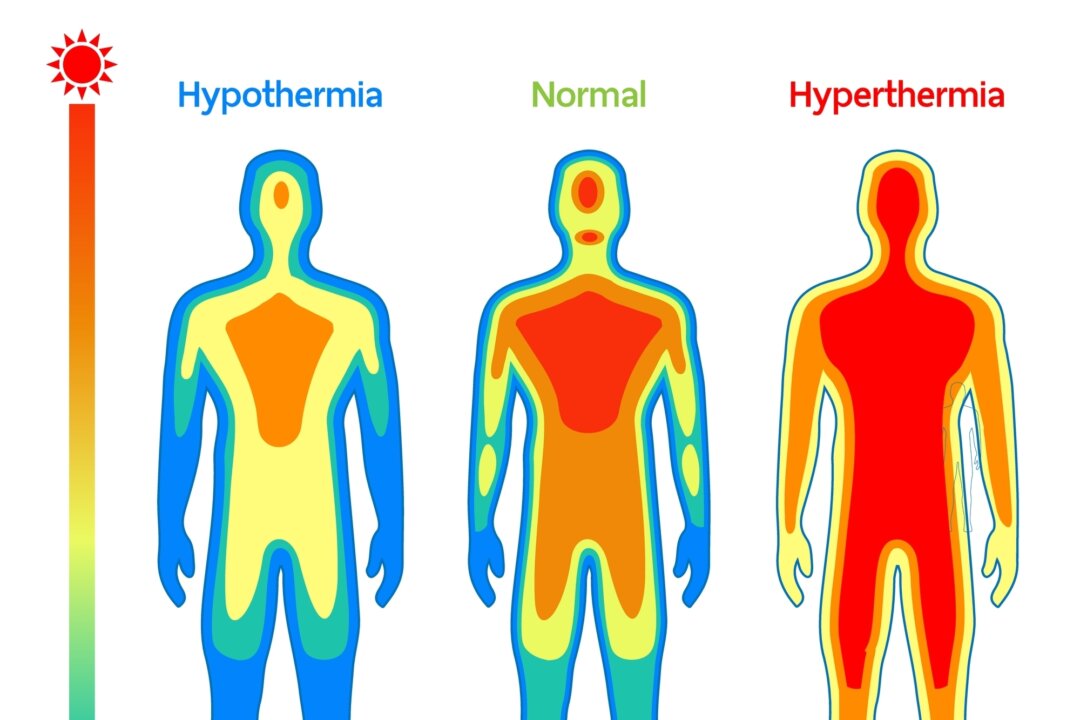Thermography uses an infrared camera to detect and record temperature changes on the skin’s surface. It converts this heat into electrical impulses visualized in color, displayed as a heat map or thermogram. The spectrum of colors on the thermogram indicates an increase or decrease in the amount of infrared heat emitted from the body’s surface.
For example, red and white indicate hot spots, while blue, purple, and black indicate cooler temperatures. Non-Invasive Painless No radiation exposure No tissue damage No danger from frequently repeated scans Individual thermovascular road map No side effects Early detection potential Cancers and malignant tumors Temporomandibular joint dysfunction, infected root canals, and gum disease Heart disease, stroke, high blood pressure from vascular blood flow Arthritis, particularly of the joints Type 2 diabetes with neuropathy and vascular disorder, and diabetic foot Pain source sports injuries, sprains, inflamed tendons, and pain syndromes so that you can receive treatment Vascular disease , particularly the detection of abdominal aortic aneurysms via energy flow along a narrowed artery. Skin cancer , particularly melanoma, emits a higher temperature than the surrounding healthy skin.

Dentistry , particularly with periapical inflammatory lesions, which can be caused by tooth decay, trauma to the tooth, or a previous dental procedure. Eye disease detection, such as glaucoma, diabetic retinopathy, age-related macular degeneration, retina.























